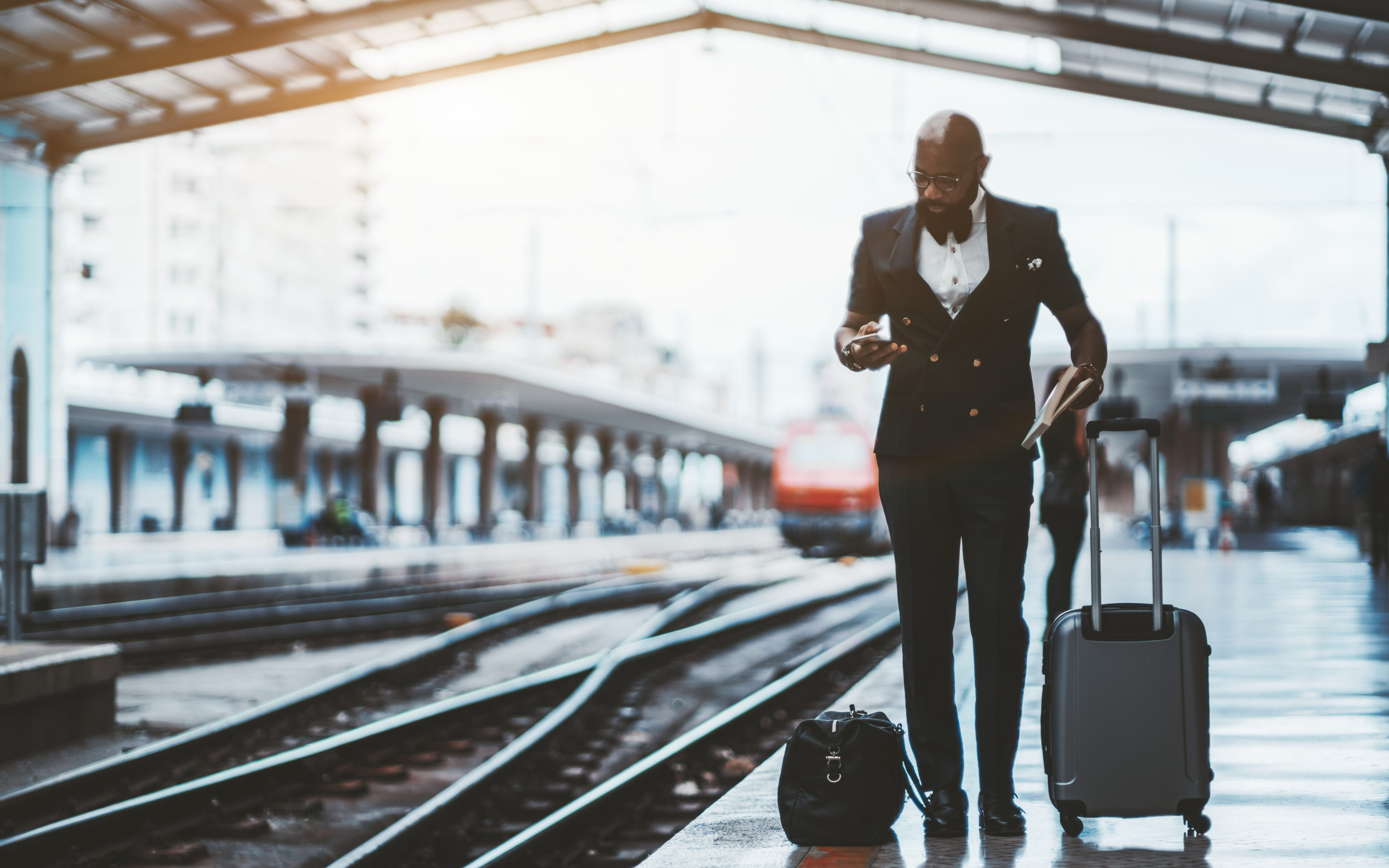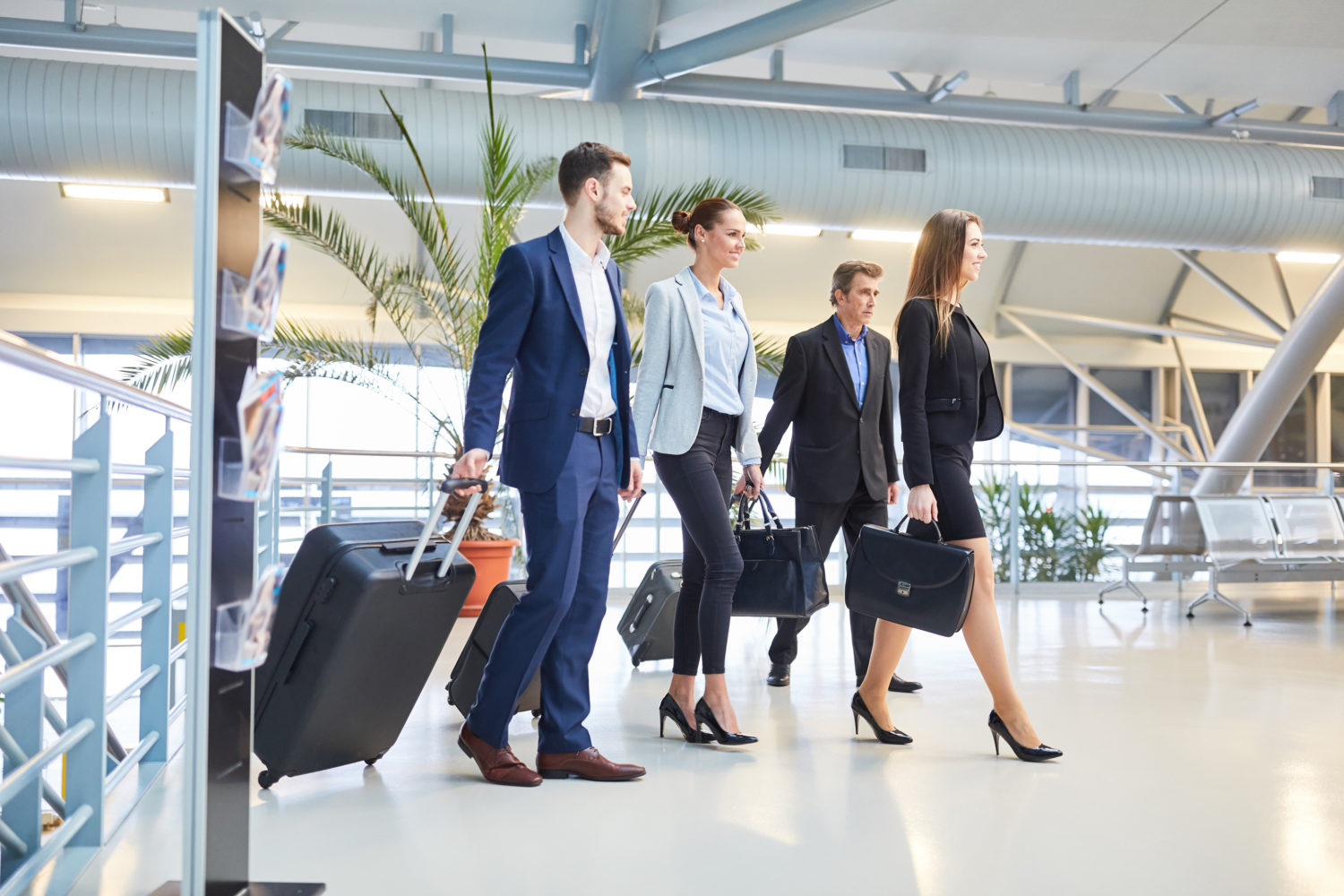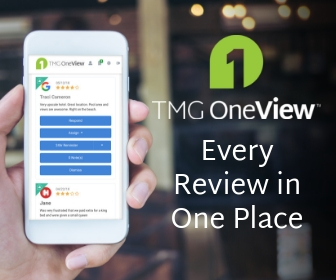Who’s Traveling to Hotels During COVID-19? Adjusting to a New Clientele

In a time where tourists and their friends are pushing for each other to #StayHome, hoteliers are left asking: who’s still traveling? Though occupancy rates are at a record low, they are not zero, and now is the time to discuss who these road warriors are. Identifying these individuals will help generate ideas to innovate your business and attract more market share of this different client base.
Displaced Individuals: Be a safe place for students and families.

As many universities make difficult decisions surrounding housing, students are left having to find new places to stay. Not all students are able to return home to their families, and turn to hotels to seek shelter. To make this time less stressful for students, companies are becoming a bit more flexible. For example, Enterprise is lowering the rental age and waiving young renter fees through May, and hoteliers can do the same. It opens alternative options to these wayward students, and guarantees them a roof over their head and a place to keep safe where they can isolate themselves.
Similarly, you may see family members visiting who are taking care of loved ones (whether they are sick or elderly) and need a place to stay, especially if their family member lives in a group retirement setting. Hotels can provide a safe place far from home that is clean and spacious. Other travelers in this category include working parents whose children are not in school, and need to use your hotel as a “work from home” office where they can focus clearly and get their work done and return home to their families with little interaction in between.
This covers a great number of travelers, but it does miss an entire demographic of workers that will make up the largest wave of your clientele: essential workers who cannot work from home.
Essential Workers: Provide rest for employees on the front lines.

Whether it’s traveling nurses and doctors, airline pilots and flight attendants, or truckers and transportation employees delivering supplies nationwide, there is no denying the abundance of workers deemed essential in the United States. Their jobs must go on, and this group is one used to irregular working hours. Truckers often stay up driving late into the night and don’t rest until the smallest hours of morning. Nurses and hospital employees are the same, working back-to-back shifts. Phantom flights are still taking off across the U.S. to keep equipment in working order, requiring smaller crews but still going great distances far from their homes.
Every one of these workers deserves a safe, comfortable place to rest, and there are many ways you can help to accommodate them in their travels. For example, you can relax your check-in or check-out times while occupancy is low to accommodate atypical work hours. You can even research and implement remote check-in solutions if you are unable to have staff available 24 hours a day. Alternatively, some hotels have afforded discounts to workers, like traveling nurses who cannot return home without risking the health of their loved ones.
If you’re able to develop a positive relationship with these travelers now, you can build a reliable clientele for the future. These workers will always be on the move, and the more trustworthy you become, the more likely they are to revisit. Starting a new, positive relationship will be pivotal to the future success of the hotel industry. It is not the time to rely on strategies that have always worked – the world has never been more different, and the opportunities that arise from innovation have limitless potential.
Atypical Audiences: Partner with hospitals and local officials.

The most important thing we can do during these times is to stay indoors and avoid public meeting spaces, but what about those who don’t have homes to return to? HotelNewsNow reported that California would be working to lease some of the state’s hotels to serve as shelters for the homeless population. The goal is to relocate people to areas where their anxieties about their health can be more properly addressed.
Similarly, officials have stated that once healthy and typical clients check out of hotels, those beds may open up to recovered patients of COVID-19 who need to remain in quarantine to ensure they’ve shed the virus entirely and don’t become re-infected. These guests are important, as well, and working with local hospitals eases this stress and helps them free up hospital beds for those in more critical condition.
Even though state and city officials have already started to reach out to hotels, it never hurts to reach out to them or your local homeless shelters first to get the conversation started. Stepping up to be a hero and providing temporary homes to those in need is an act that will be remembered long past the effects of the virus. Consider your hotel’s placement and how you can innovate to better serve this new clientele.
For more information and resources about COVID-19 and the hotel industry, please visit our dedicated COVID-19 resources page.






0 Comments